LED strip lights can make homes, parties, and cars brighter. They offer versatile lighting for any situation. But how often have you considered the art of removing and reusing these strips? Not only does mastering this skill save you money, but it also extends the life of your LED strips.
In this guide, you will find out why it is eco-friendly to reuse these strips. You will also learn how to safely and effectively remove them.
Why Reusing LED Strip Lights is a Game-Changer?
Go Green: Environmental Benefits of Reusing LED Lights
Sustainability is no longer just a trendy word; it’s essential for mindful living. Reusing LED strips takes us a step closer to a sustainable lifestyle. By reusing, you avoid making new LED lights and save raw materials and energy. This, in turn, decreases greenhouse gas emissions that contribute to global warming. LED lights can be difficult to recycle because they have materials that are hard to recycle, like small amounts of heavy metals. Reusing items reduces the burden on recycling plants and saves environmental resources.
Wallet-Friendly: Saving Money by Reusing LED Lights
Financially, it’s worth underscoring how beneficial reusing LED strips can be. For context, a typical LED strip can last around 25,000 hours. If you reuse an LED strip instead of throwing it away, you save money on hours. Think of it as buying a long-lasting item and receiving an extension on its life for free. Over time, you could save hundreds or even thousands of dollars. You could use the extra money for other home improvements or personal goals.
LED Strips and Your Walls: What You Need to Know
Myths Debunked: Do LED Strips Damage Walls?
LED strips can damage walls by peeling paint and leaving adhesive stains, according to many people. These myths can be categorically dispelled with a dive into the facts. Properly removed LED strips will maintain your wall’s integrity. The adhesive quality and removal technique often cause the actual damage. If you have the right tools and information, you can remove LED strips without causing a big mess. Later, we’ll discuss the proper methods to keep your walls pristine after they dry.
The Sticky Truth: Role of Adhesives in LED Light Strips
Adhesives are often the unsung heroes of a successful LED strip installation. They provide the essential “stick factor” that keeps your lights firmly in place. However, not all adhesives are created equal. Choosing a cheap adhesive might make the LED strip fall off or leave a messy residue. However, a good adhesive can create a powerful bond and still be easily removed later. The adhesive you choose is important. It can affect the longevity of your LED lights and surfaces.
Must-Have Tools for LED Strip Light Removal
Household Tools: What You Already Have
Many homeowners already have the tools needed to remove LED strips. The humble hairdryer is a prime example. Heating the adhesive briefly can loosen its grip, allowing for easier removal. You can also use dental floss or a plastic scraper to remove the strip. These items can slip under the strip and cut through the adhesive without harming the wall. The key is to use what you have wisely and efficiently.
Specialty Tools: Worth the Investment?
If you often move or change LED strips, it might be worthwhile to buy special tools. To remove adhesive, you can use special removers or heat guns for better results. These tools are useful for big or complicated LED strip setups with little room for mistakes. Investing in specialty tools is worth it because they are convenient and fast in these situations.
Step-By-Step: How to Remove LED Strip Lights
Safety First: Electrical Precautions and Gear
Before you start taking off your LED strip lights, it’s really important to focus on safety. To avoid getting shocked, unplug the LED strip from the power source. Safety gloves, especially those that insulate against electricity, offer extra protection. It’s always better to be safe than sorry, especially when electricity is involved.
Peel, Don’t Rip: How to Detach LED Strips
When it comes to removal, think finesse, not force. First, unplug the strip and put on your safety gear. Then, aim your hairdryer or heat gun at the adhesive. Keep it there for 30-40 seconds to sufficiently loosen the grip. Once the adhesive is warm, start at one end and gently peel the strip away from the wall. Rushing this step or yanking the strip can damage the wall or tear LED strips.
How to Remove LED Strip Lights Adhesive
Once you remove the sticky LED lights, there might be a sticky residue left on the wall. A simple yet effective cleaning solution is a blend of warm water and a few drops of dish soap. Use a sponge or cloth to rub away the residue gently. For stubborn spots, consider a specialized adhesive remover. To avoid damaging your wall’s finish, test cleaning solutions on a hidden spot first.
Store or Reuse: Best Practices for Your LED Strips
Short-Term Storage: Keep ’Em Ready for Reuse
Proper storage is the first step in maximizing the life of your LED strips. If you plan on reusing them in the near future, the method of storage is critical. Neatly coil the strips to avoid tangling or damage, and place them in a cool, dry environment. A well-labeled Ziplock bag can be an excellent short-term storage solution. When you put the bags back, make it easier by labeling them with length, color, and voltage.
Long-Term Storage: How to Preserve LED Quality
If your LED strips will be out of action for longer, it’s worth considering an anti-static bag for storage. These bags keep things dry and protect against electrical interference. By investing a small amount, you can protect your LED strips’ performance and quality.
Get Creative: Reimagining Your LED Strips
Indoor Glow: LED Strips in Home Decor
Don’t box yourself into thinking that LED strips are a one-trick pony. Once removed, these versatile light sources are ready for their next role in your home. Transform your kitchen with under-cabinet lighting. Add depth and drama to your living room by installing strips behind your TV. The possibilities are limited only by your creativity.
Outdoor Illumination: Garden and Patio Ideas
The versatility of LED strips extends beyond the walls of your home. They can be reincarnated as striking outdoor lighting features. To make your garden or deck more inviting, outline pathways and wrap them around railings. Just remember to opt for weatherproof strips to withstand the elements.
Troubleshooting and FAQs: Get Unstuck
Common Hiccups: From Sticky Residue to Failed Adhesive
No matter how careful you are, sometimes things go differently than planned. If you’re struggling with sticky residue or loose strips, there’s usually an easy fix. To fix these problems, you can heat it again with a hairdryer or use adhesive remover. Preparing and cleaning beforehand can prevent problems, improving your LED strip experience.
Your Questions Answered: LED Strip FAQ Section
Even after diving deep into the nuanced world of LED strips, you might still have some questions. This FAQ section aims to help with adhesive selection and electrical safety. We’ll add the most commonly asked questions here to keep you informed.
How Do Cut LED Strip Lights Function?
Even after cutting, LED strip lights can work efficiently if done correctly. Each strip has designated cut points, usually marked with a line. Cutting along these points ensures the remaining sections function as expected. Note: Always power off before cutting.
Where Should You Make the Cut on LED Strip Lights?
To keep things working, find the marked cut lines. They’re usually after every third or six LED. A pair of sharp scissors or a specialized cutting tool should be used for a clean, precise cut.
What Makes LED Strip Lights Easy to Remove?
High-quality adhesives and some DIY tools, like a hairdryer, can make the removal process hassle-free. To safely remove the LED strip, gently heat the adhesive and peel it off without damaging the wall.
How Can You Restore the Stickiness of LED Lights?
If the adhesive doesn’t stick, try double-sided tape or special LED adhesive solutions that you can buy. Keep in mind that the strength of the adhesive affects how long the strip lasts and your wall’s state.
Can You Reuse LED Strip Lights?
Absolutely! One of the prime advantages of LED strip lights is their reusability. To save money and reduce waste, remove these strips carefully for multiple projects.
How to Remove LED Strip Lights From Wall?
To remove LED strip lights from a wall:
- Turn Off Power: Ensure safety by turning off the lights.
- Peel Gently: Slowly peel the strips off. Use a hair dryer to soften tough adhesive.
- Remove Residue: Clean any adhesive residue with Goo Gone or isopropyl alcohol.
- Clean Surface: Wipe the wall with a damp cloth to remove cleaner remnants.
Are LED Strips a Permanent Lighting Solution?
While they can last up to 50,000 hours, they are not a permanent solution. LED strip lights are perfect for both temporary and long-term projects. They are flexible and easy to remove.
What Is the Average Lifespan of LED Strip Lights?
A good LED strip light lasts around 25,000 to 50,000 hours, depending on how you use it. Reusing them can effectively extend this period.
How Can You Make LED Strips Last Longer?
Good maintenance plays a key role. To make the strips last longer, dust them regularly, keep them dry, and prevent overheating.
Are LED Strip Lights Eco-Friendly?
Yes, reusing LED strip lights contributes to their eco-friendliness. These items help the environment. They use less energy and can be reused, reducing waste.
How to Remove LED Lights Without Peeling Paint?
To remove LED lights without peeling paint:
- Heat Gently: Use a hair dryer on low to warm the adhesive, making it easier to remove without damaging paint.
- Peel Slowly: Start at one end, peeling back slowly and evenly to minimize stress on the paint.
- Use Dental Floss: Slide dental floss or fishing line behind the strip to cut through the adhesive without scratching the paint.
- Clean Residue: Remove any adhesive residue with a mild solvent like isopropyl alcohol applied gently with a soft cloth.
Concluding Thoughts: The Future of Your LED Strips
By now, you should have learned a lot about how to remove, store, and reuse LED strip lights. Now you can save money and help the environment by reducing your carbon footprint. As we journey toward a more sustainable future, every small effort counts. Reusing LED strips is a meaningful step in the right direction.
Imagine how these lights can change your home and garden. Let your imagination run wild. When done responsibly, the world of LED strip lighting is not just bright; it’s limitless. Keep glowing and pushing the boundaries of what’s possible with LED technology.
Now you have the best guide to safely and efficiently remove and reuse your LED strip lights. If you want the best quality, check out Unitop. They make top-notch Светодиодные ленты и Светодиодный неоновый флекс in China. With unrivaled expertise in the LED industry, we’re here to meet all your lighting needs. Got more questions or unique requirements? Don’t hesitate—свяжитесь с нами immediately. Let Unitop illuminate your world.

В настоящее время Том является менеджером по продажам в Юнитоп (Китай) Ко, Лимитед. Он был в Светодиодное освещение промышленности с 2005 года. Он является экспертом в области продаж и маркетинга, а также управления производством. Он любит бодибилдинг, а также является безумным фанатом Apple! Он трудолюбивый парень и любит учиться и пробовать новое.
Электронная почта: tom@unitopledstrip.com WhatsApp: +86-18680307140

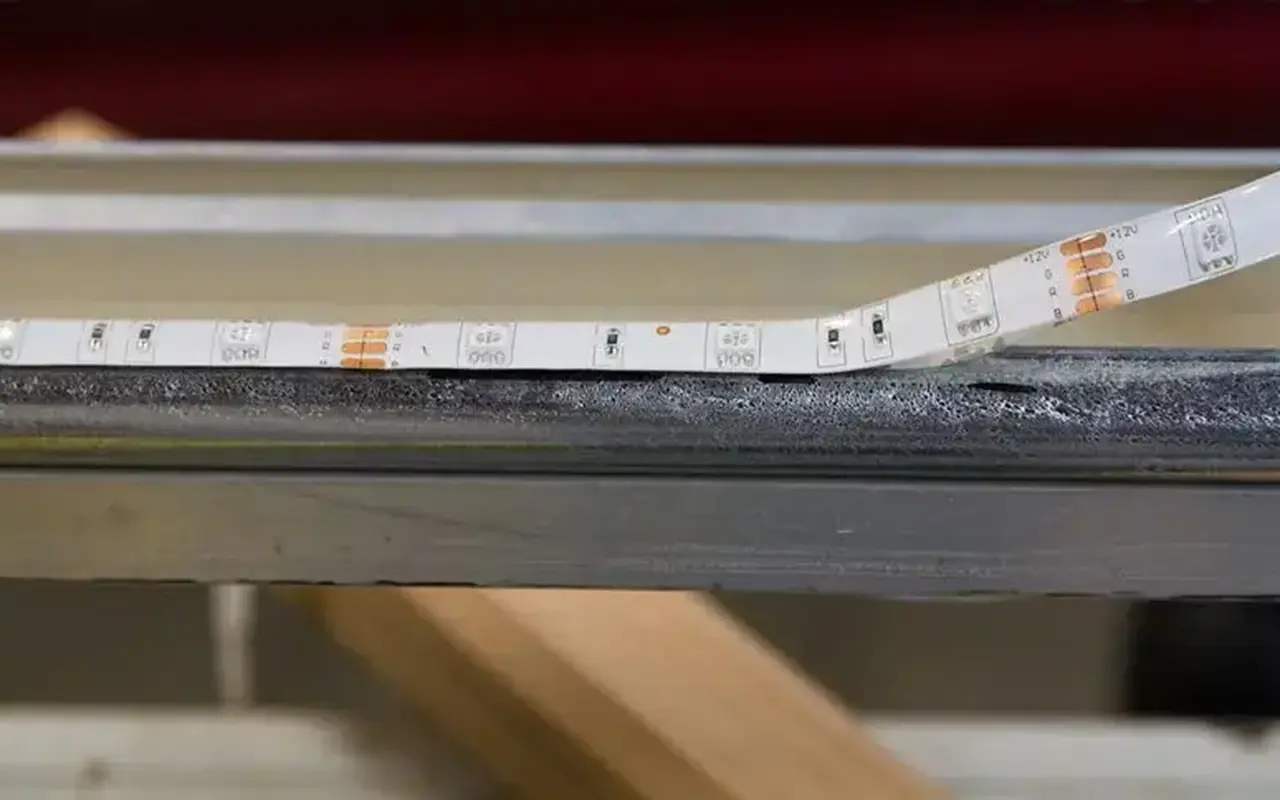
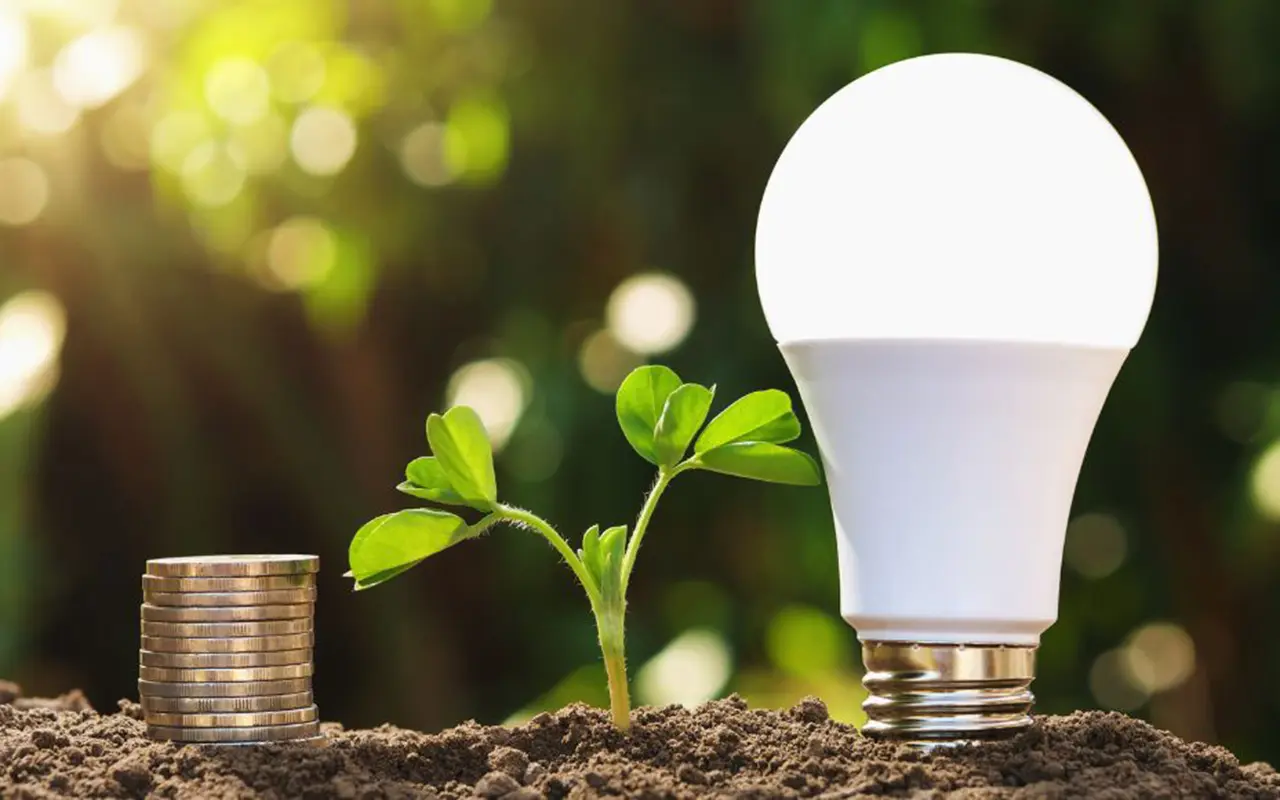
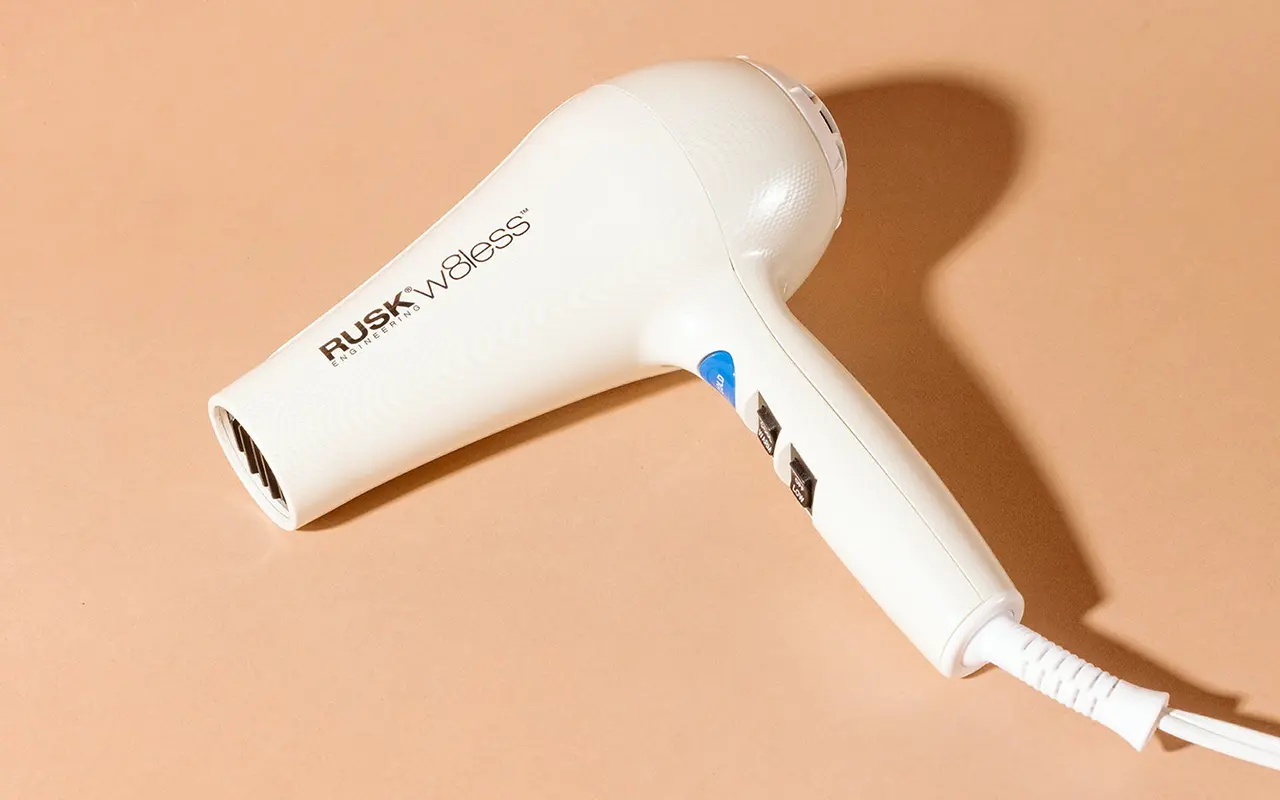
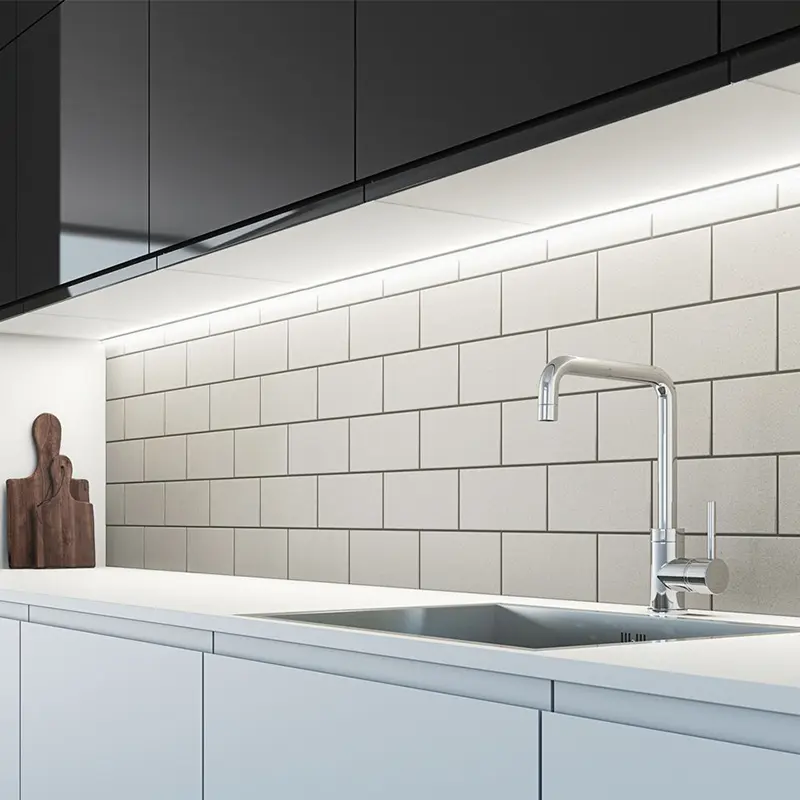
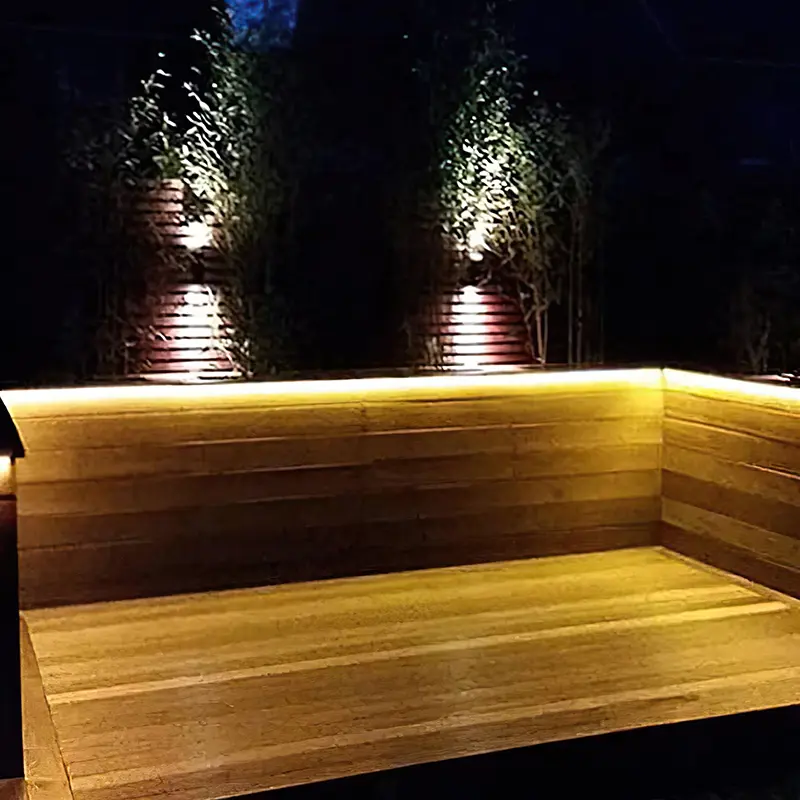

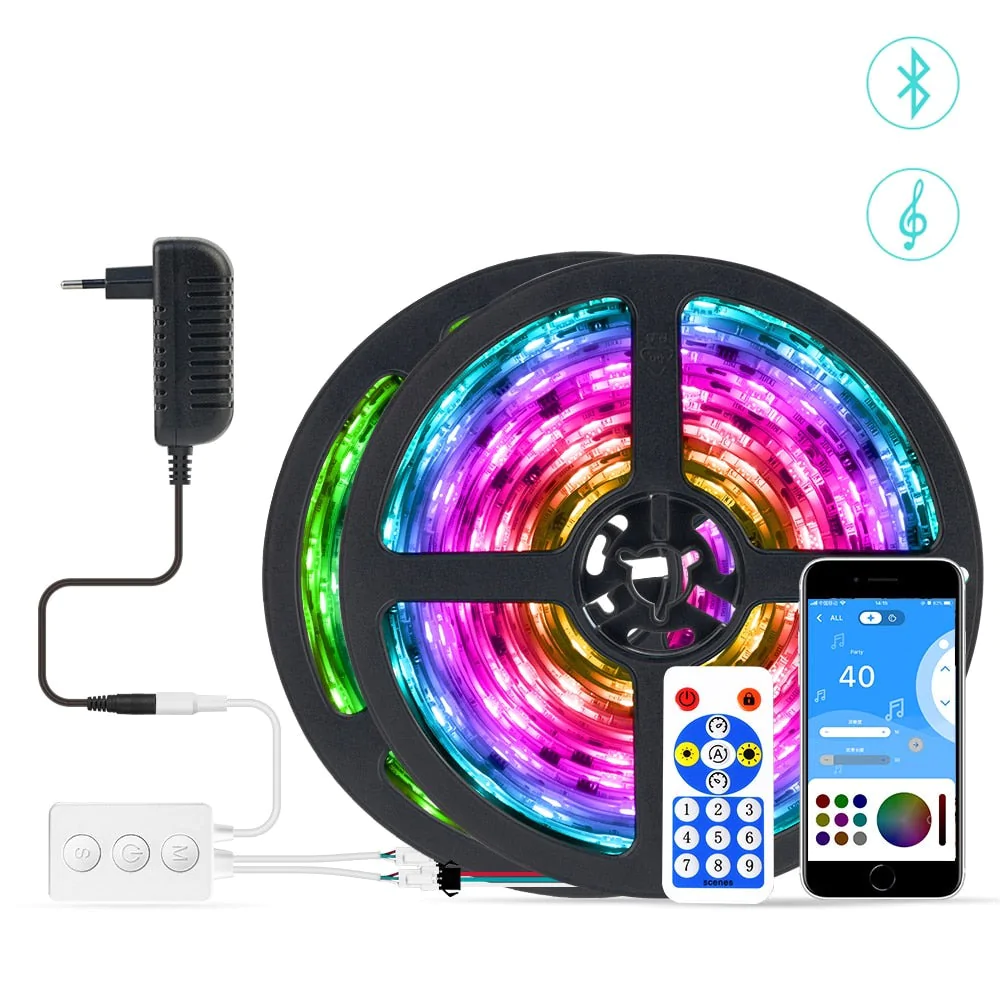

Ответить
Хотите присоединиться к обсуждению?Не стесняйтесь вносить свой вклад!